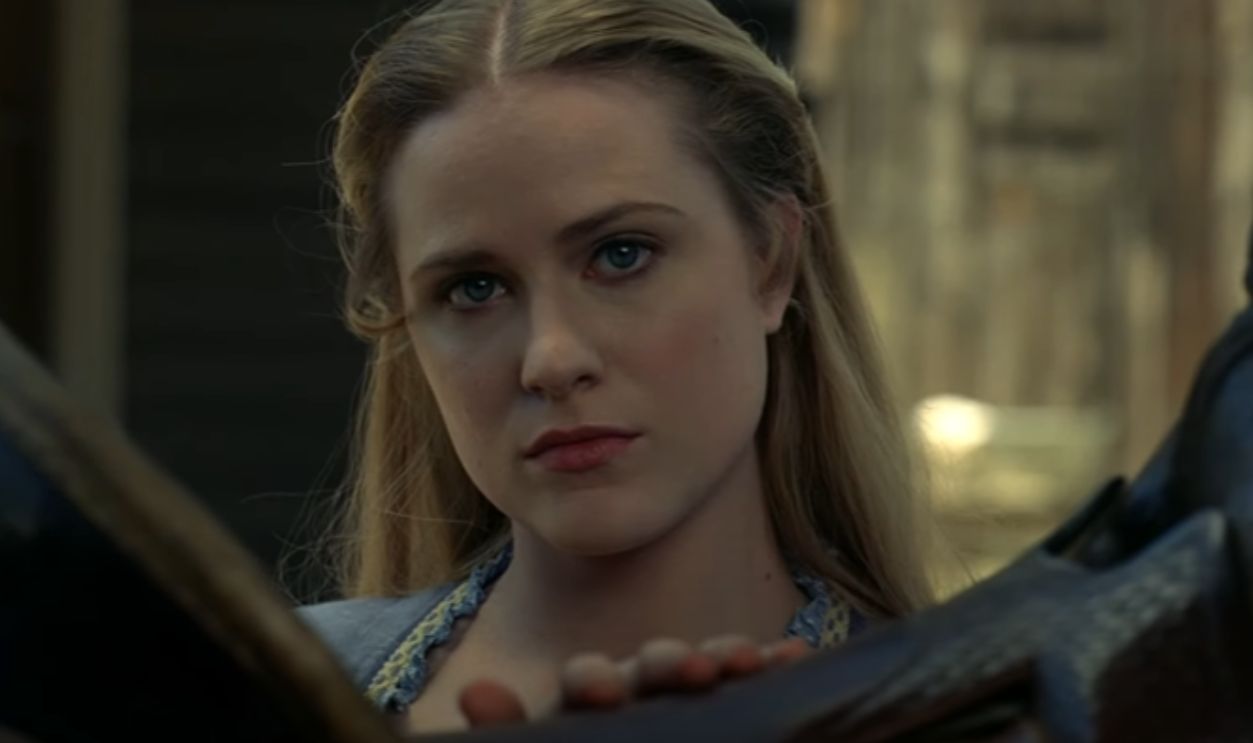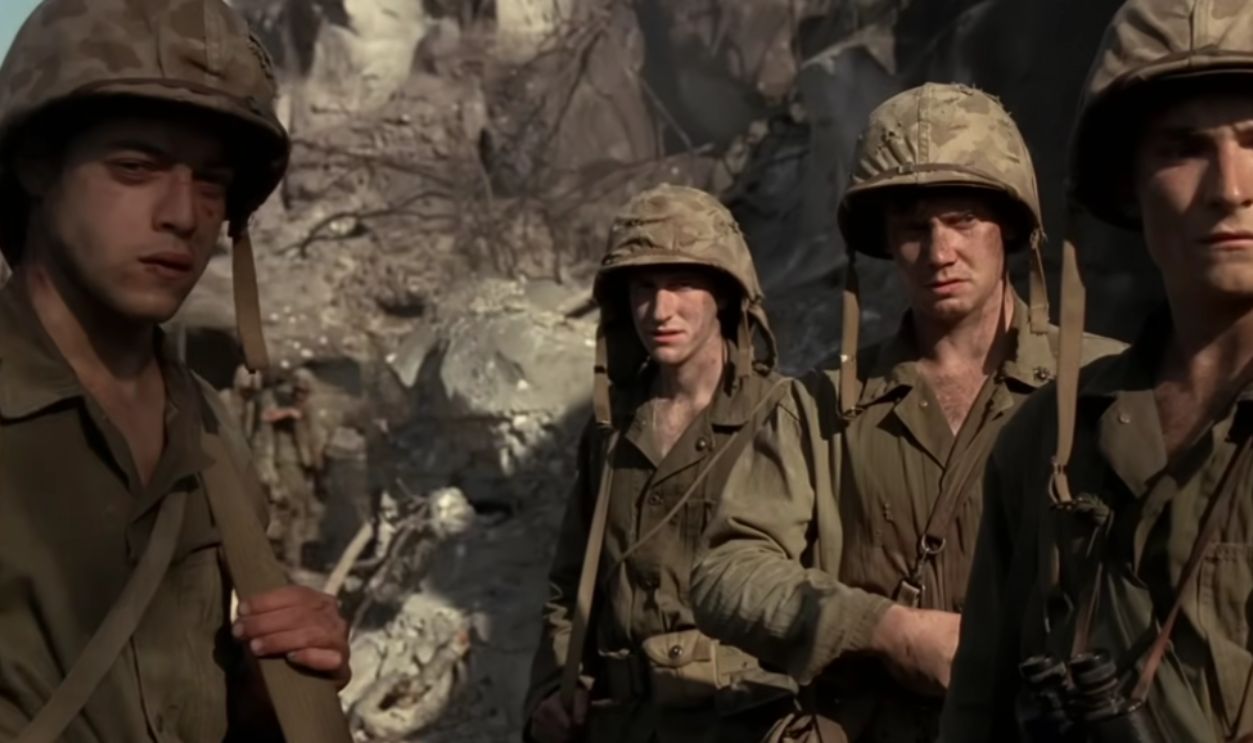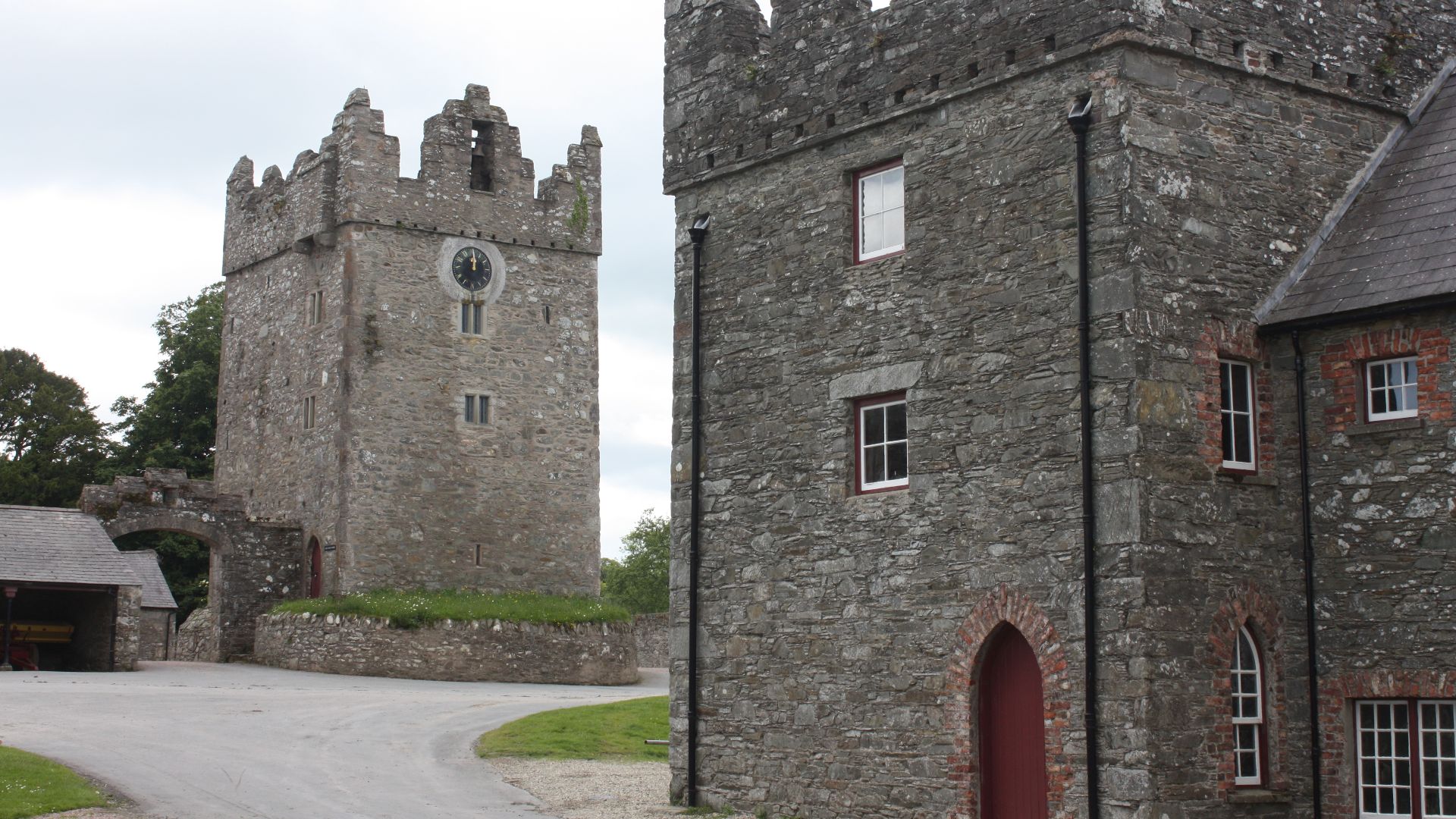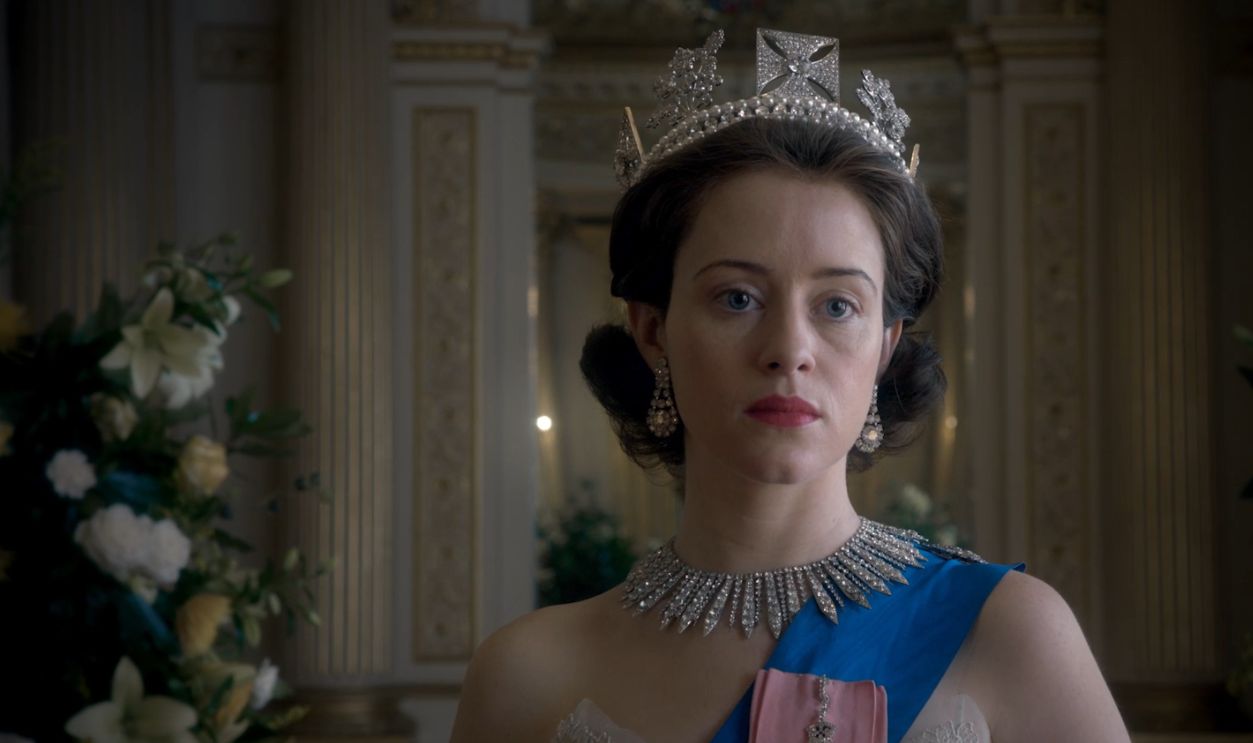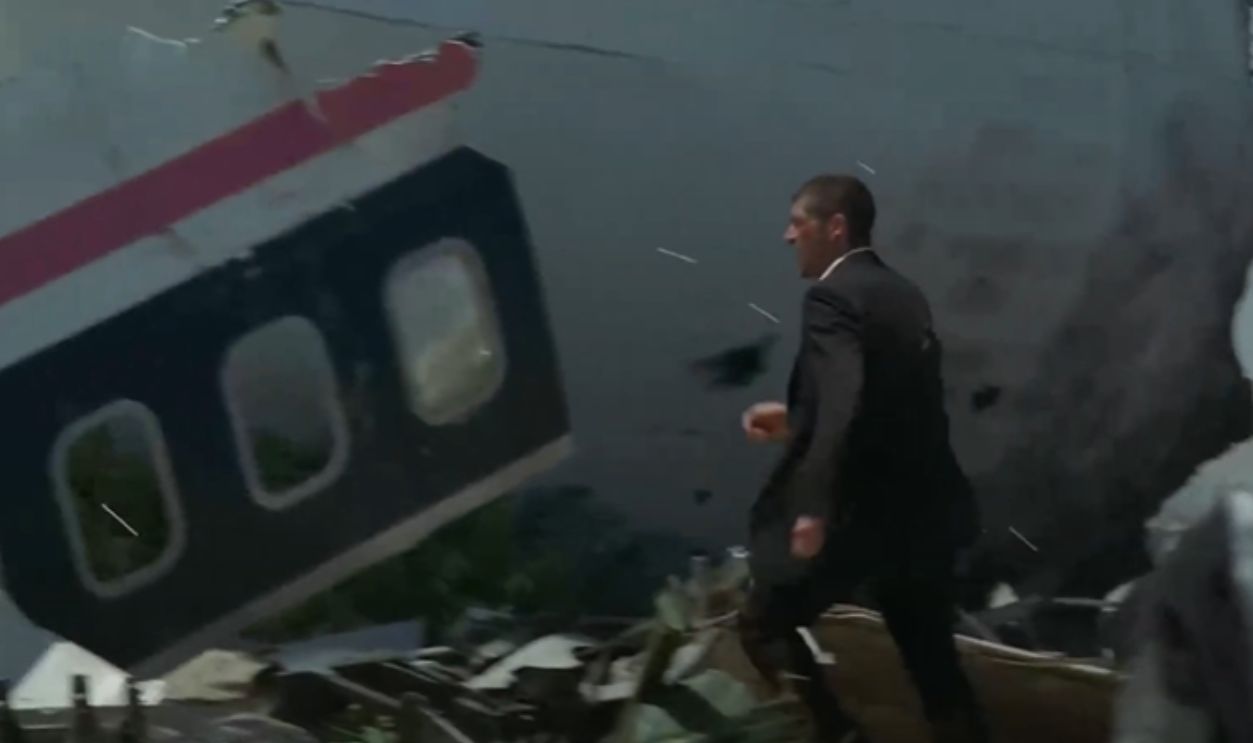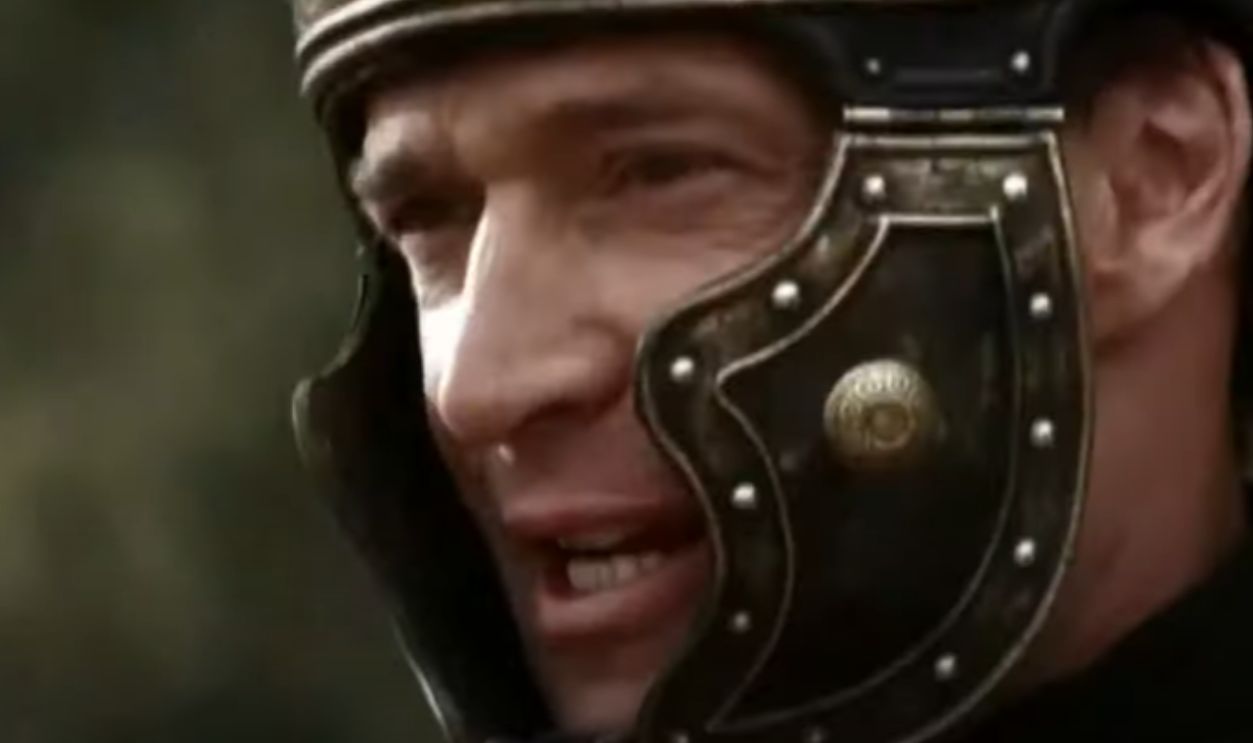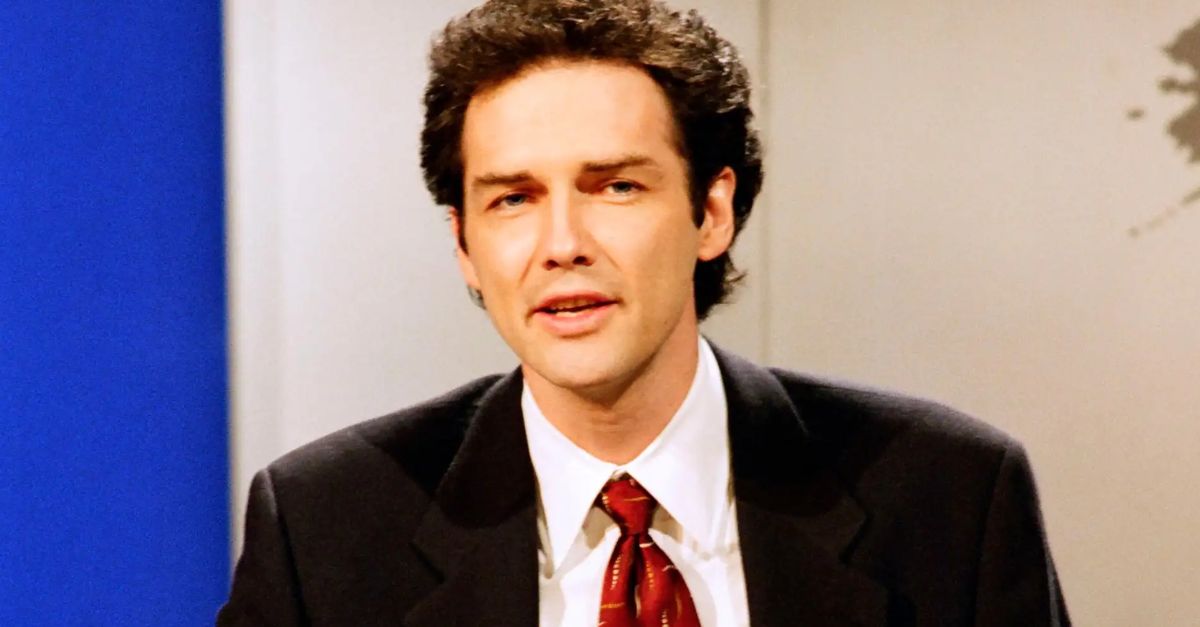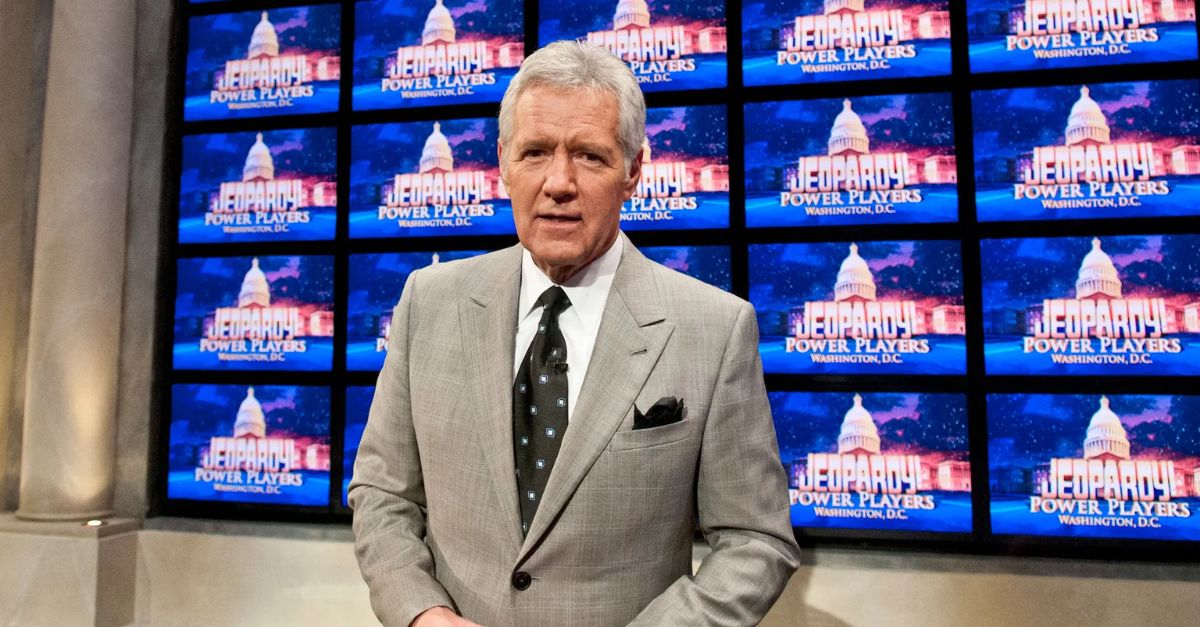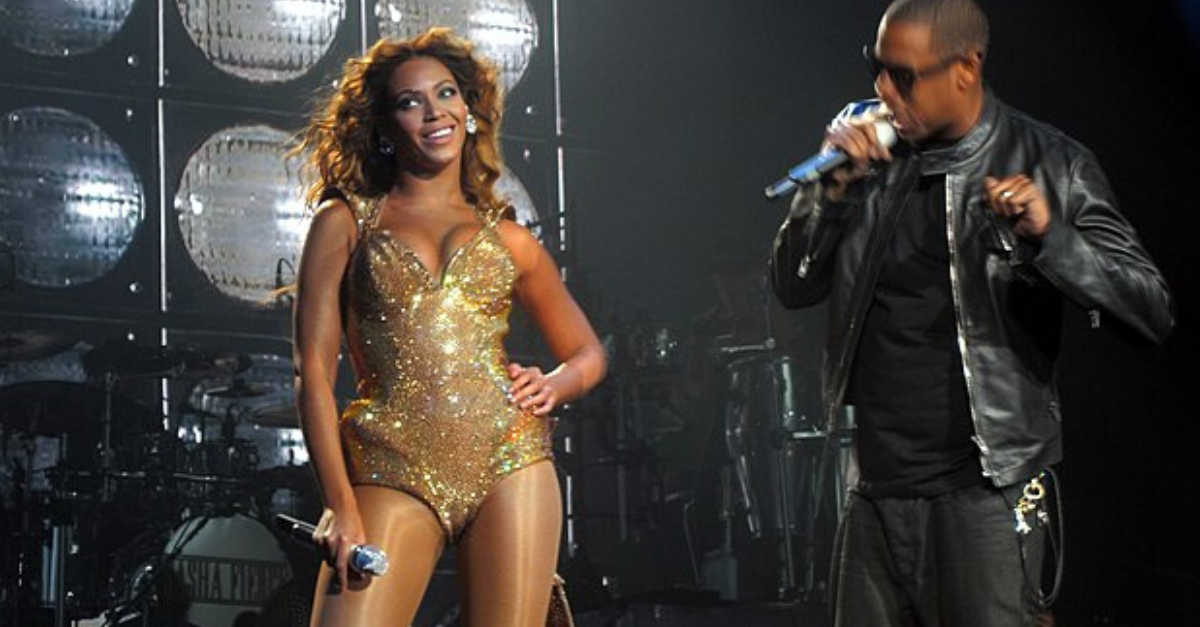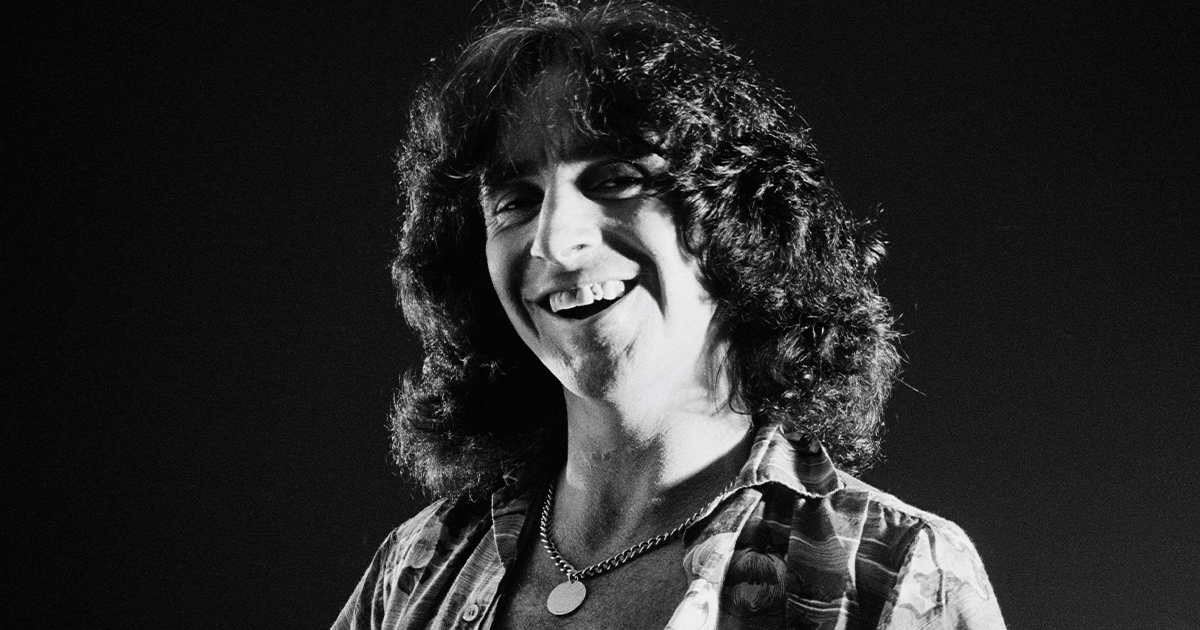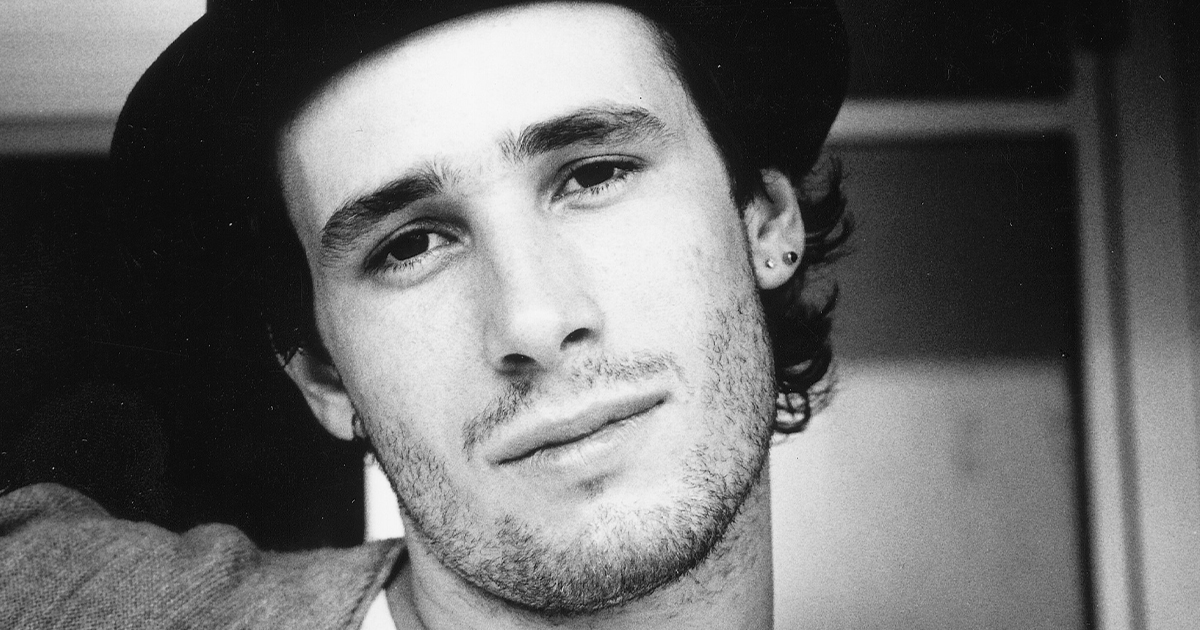When TV Decided to Go Hollywood
Once upon a time, television was the thrifty sibling of cinema—low budgets, quick turnarounds, and modest expectations. But as streaming giants and prestige networks began chasing awards and global audiences, that all changed.
These first episodes often decide a show’s fate, and studios have spared no expense to make them unforgettable. From robot cowboys to royal palaces, here are ten TV pilots so expensive they could’ve bankrolled blockbuster films.
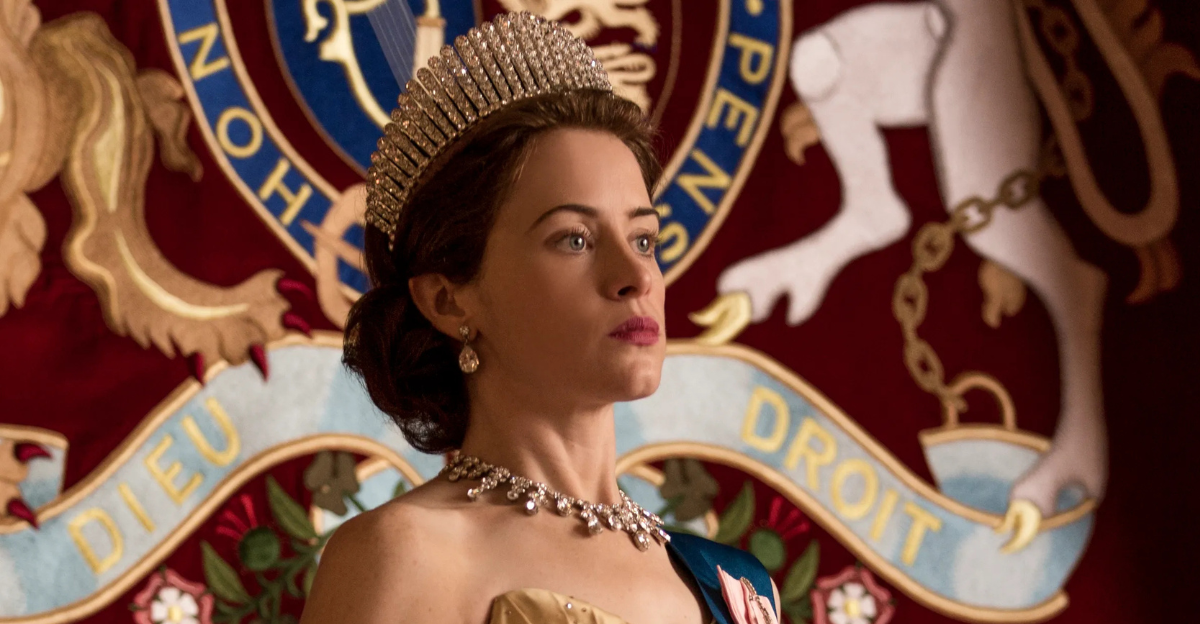
Westworld
HBO’s Westworld arrived in 2016 with a bang—both literally and philosophically. Blending futuristic AI dilemmas with old-fashioned western shootouts, the series imagined a theme park where lifelike androids, known as “hosts,” rebel against their human overlords. With Anthony Hopkins, Evan Rachel Wood, and Jeffrey Wright leading the cast, it was part sci-fi, part existential crisis, and all spectacle.
Westworld: The Bottom Line
The Westworld pilot reportedly cost a jaw-dropping $25 million, making it one of the most expensive first episodes in television history. The massive bill came from its cinematic production quality—real locations in California and Utah, hundreds of extras, and intricate robot designs that blurred the line between CGI and practical effects. Add in an A-list cast and a full orchestral score, and HBO wasn’t just building a show—it was crafting a spectacle worthy of the big screen.
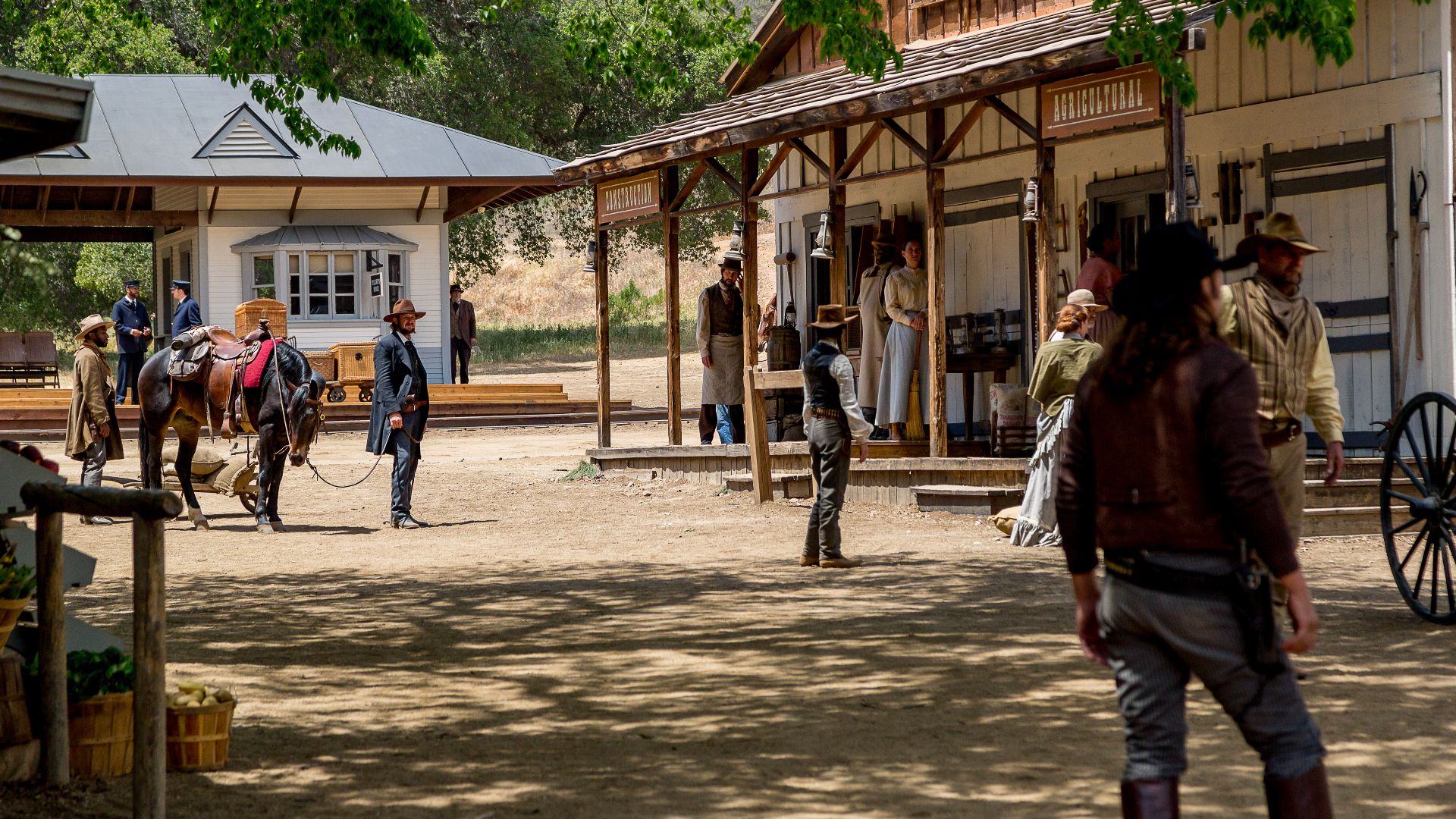 Santa Monica Mountains National Recreation Area, Wikimedia Commons
Santa Monica Mountains National Recreation Area, Wikimedia Commons
Boardwalk Empire
Set in the glittering chaos of 1920s Atlantic City, Boardwalk Empire followed political boss Nucky Thompson as he balanced power, corruption, and prohibition profits. The series drenched itself in period detail—silk suits, smoky speakeasies, and a soundtrack that practically smelled like bootleg whiskey.
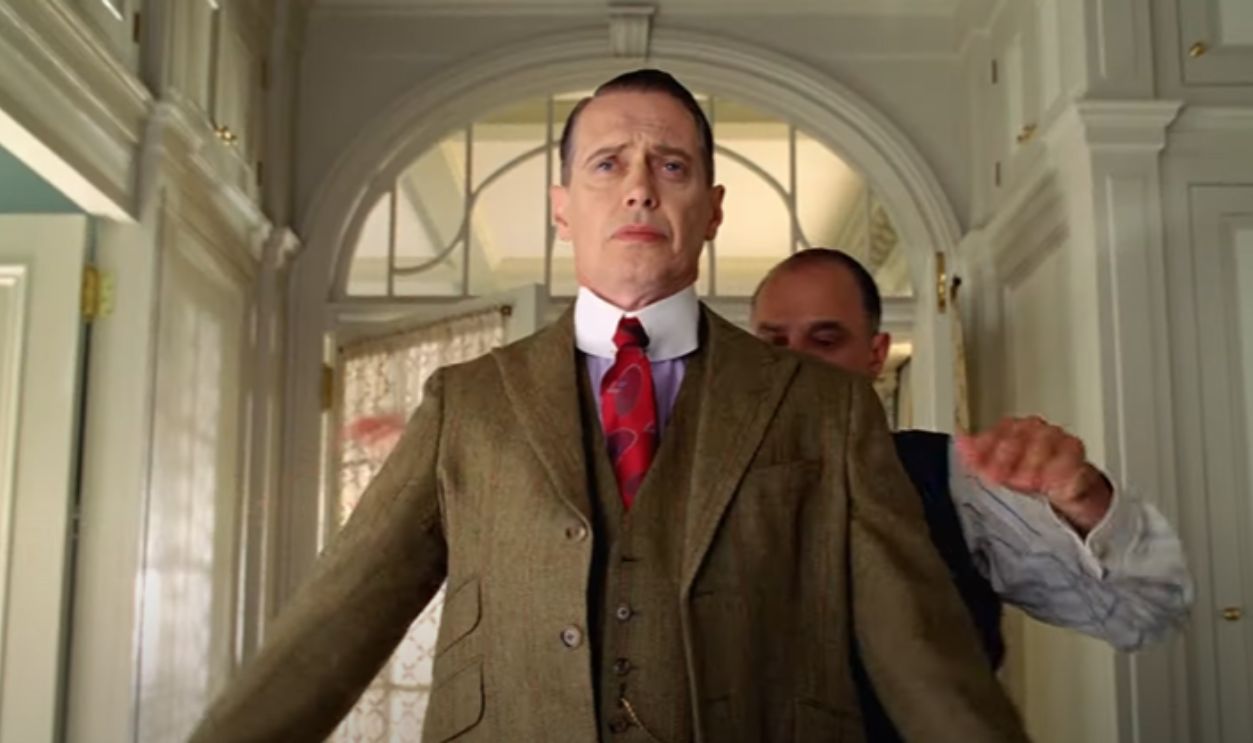 HBO, Boardwalk Empire (2010-2014)
HBO, Boardwalk Empire (2010-2014)
Boardwalk Empire: The Bottom Line
The pilot alone cost $18 million, a figure that still raises eyebrows in Hollywood. Most of that came from Scorsese’s directorial ambition—he demanded authenticity at every turn. HBO built an entire 300-foot-long replica of Atlantic City’s boardwalk, complete with period lighting, signage, and costumed extras. The attention to historical accuracy paid off with an Emmy-winning masterpiece—but also a balance sheet that looked more like a feature film’s.
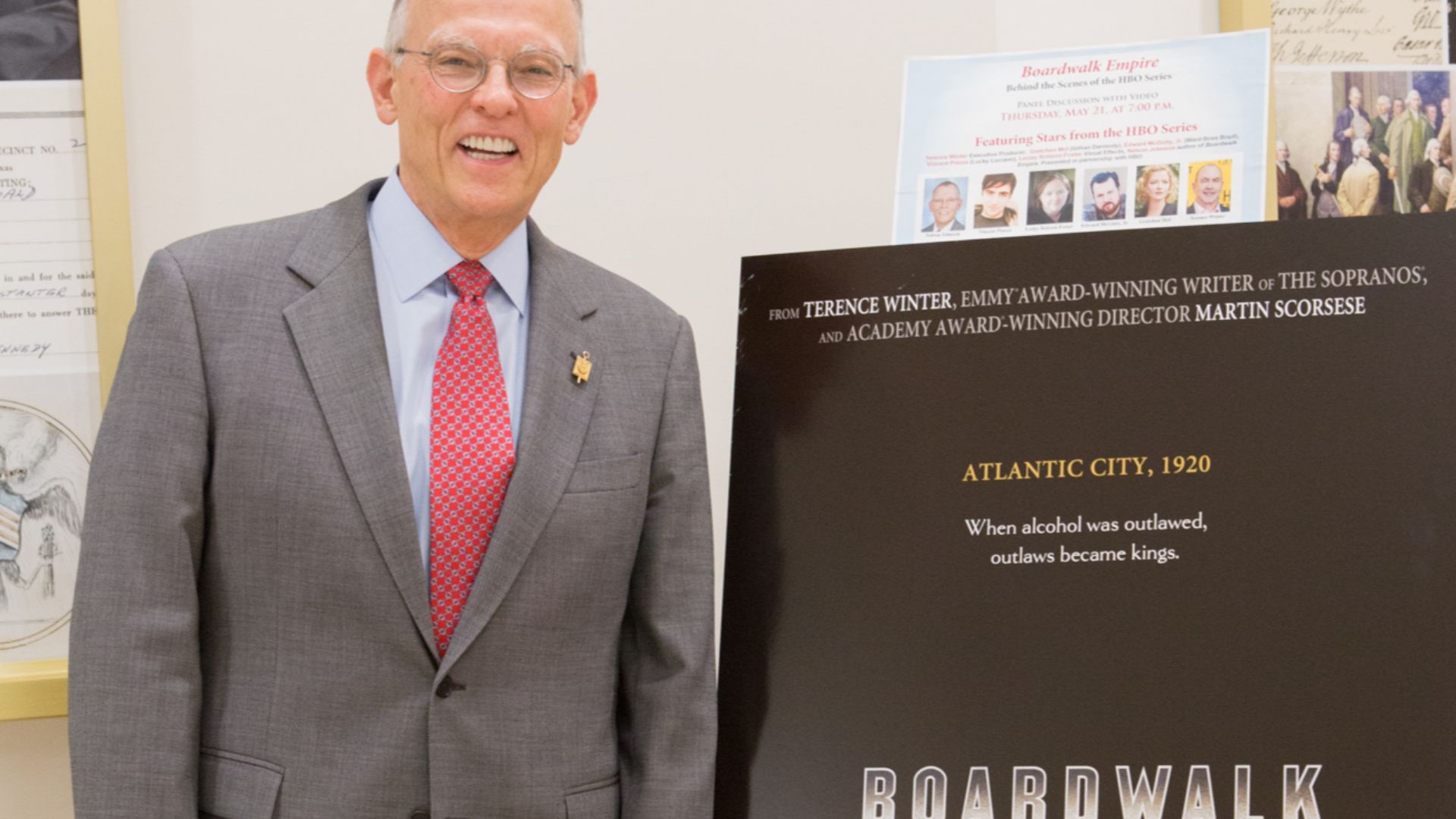 U.S. National Archives, Wikimedia Commons
U.S. National Archives, Wikimedia Commons
The Pacific
Before Westworld and Thrones, HBO was already redefining “epic television” with The Pacific. This 2010 miniseries from Steven Spielberg and Tom Hanks chronicled the brutal journeys of three U.S. Marines during World War II’s Pacific campaign. The show was gritty, emotional, and unflinching—both a history lesson and a cinematic experience.
The Pacific: The Bottom Line
Each of the show’s ten episodes reportedly cost around $20 million, with much of that budget going into the debut installment. The series used full-scale battle recreations, lifelike explosions, historically accurate weaponry, and thousands of extras to depict the chaos of combat. Combined with Spielberg’s signature production values, the pilot became less an introduction and more an all-out war movie.
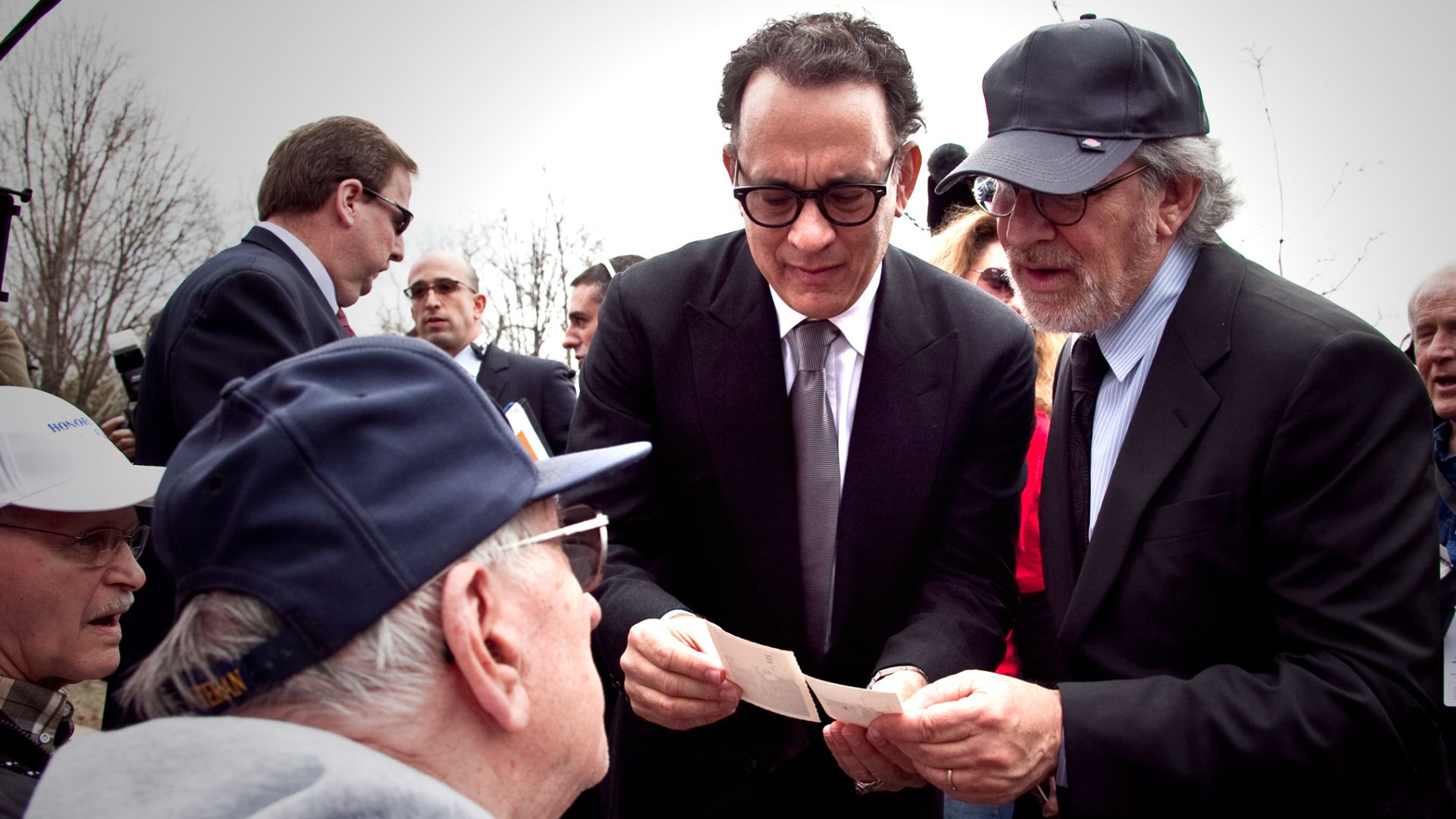 Cpl. Scott Schmidt, Wikimedia Commons
Cpl. Scott Schmidt, Wikimedia Commons
The Get Down
Baz Luhrmann’s The Get Down was Netflix’s vibrant ode to 1970s New York—a time when disco glitter clashed with graffiti grit and hip-hop was being born in the Bronx. With its electric visuals, catchy soundtrack, and youthful energy, the series felt like a mixtape brought to life.
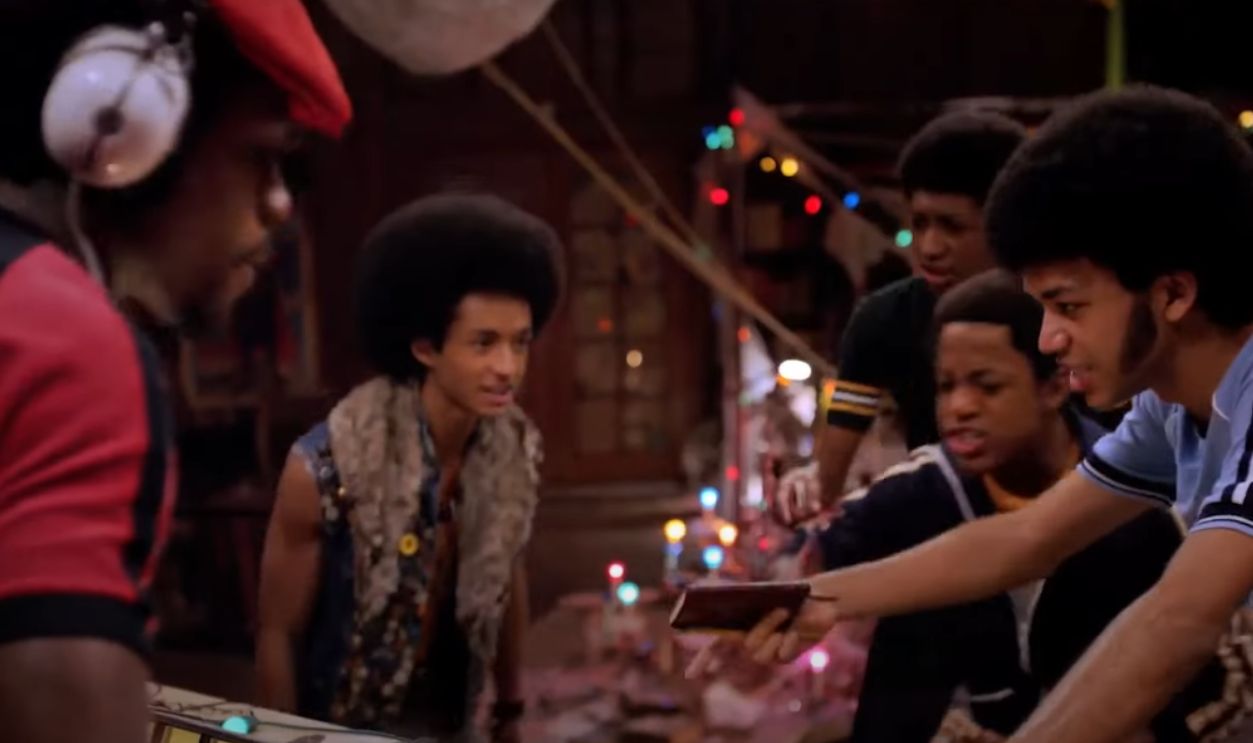 Netflix, The Get Down (2016–2017)
Netflix, The Get Down (2016–2017)
The Get Down: The Bottom Line
At $16 million per episode, The Get Down became one of Netflix’s priciest gambles—and the pilot set the tone. Baz Luhrmann’s cinematic style demanded on-location shooting in New York’s most iconic neighborhoods, elaborate dance sequences, and period-accurate fashion from head to platform toe. Each shot sparkled with authenticity, but that attention to detail came with a sky-high tab.
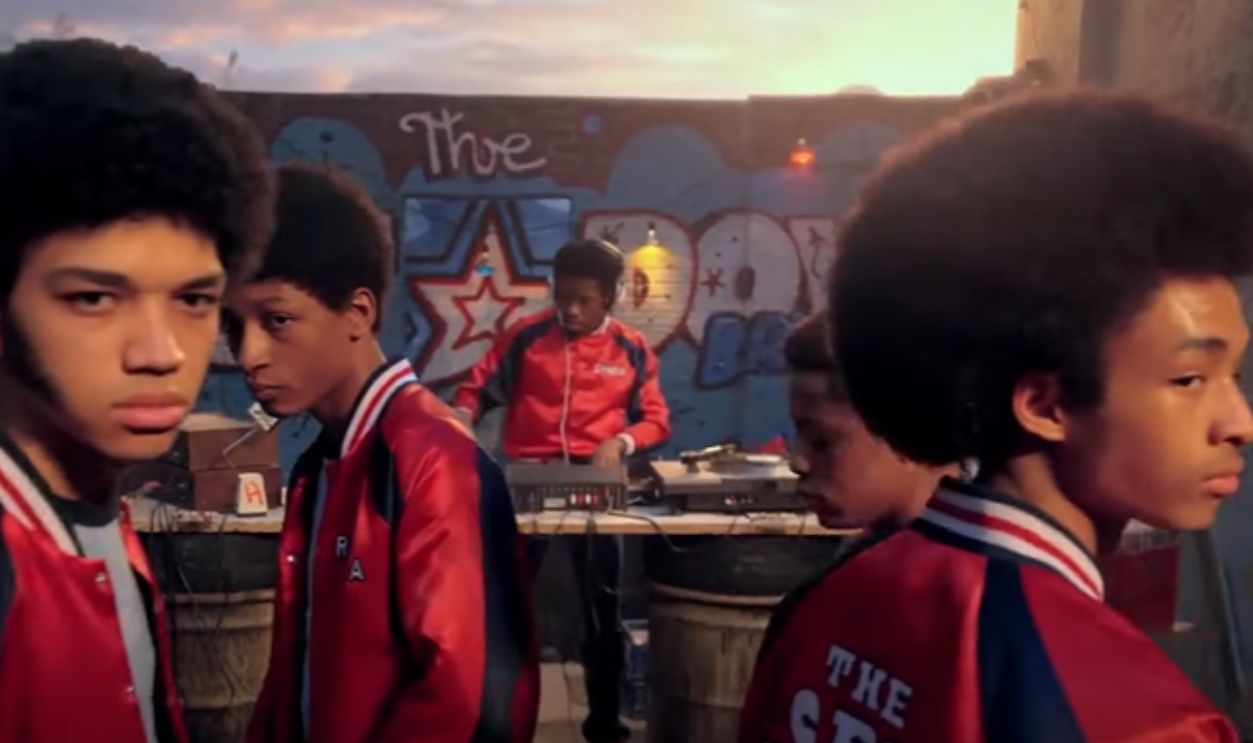 Netflix, The Get Down (2016–2017)
Netflix, The Get Down (2016–2017)
Game of Thrones
Before Game of Thrones conquered pop culture, it almost crashed and burned. HBO’s fantasy juggernaut began with a sprawling cast, dozens of storylines, and a risky adaptation of George R.R. Martin’s dense novels. When the first version of the pilot flopped in test screenings, much of it was reshot from scratch—a decision that would prove legendary.
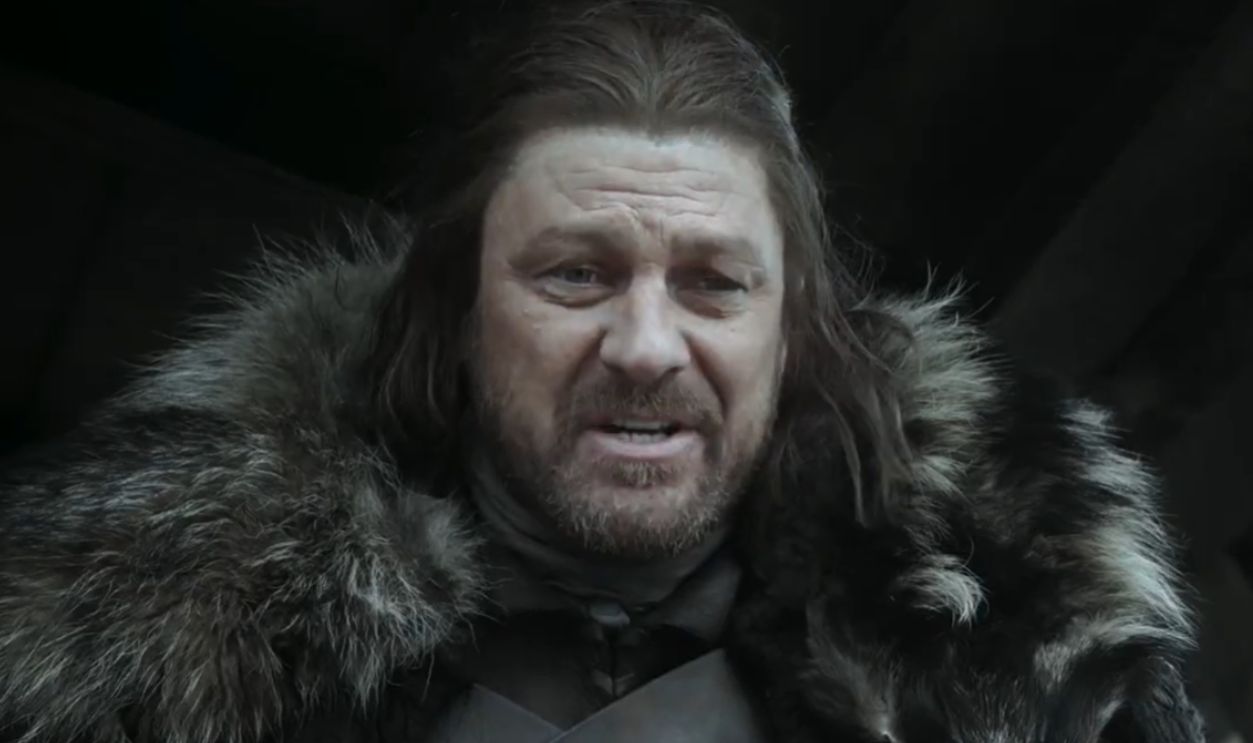 HBO, Game Of Thrones (2011–2019)
HBO, Game Of Thrones (2011–2019)
Game of Thrones: The Bottom Line
HBO spent around $15 million on the pilot (and possibly more, considering the reshoots). Filming in Northern Ireland, Iceland, and Morocco, the team built vast medieval sets, used practical armor and weapons, and created CGI creatures that looked ready to breathe fire. It was a high-stakes bet that paid off big time—cementing HBO as the king of costly television.
The Crown
Few shows have ever looked as regal as The Crown. Chronicling the reign of Queen Elizabeth II, Netflix’s biographical drama is part historical document, part cinematic soap opera. Every season brought new actors, new decades, and a continued fascination with royal life behind closed palace doors.
The Crown: The Bottom Line
Each episode reportedly cost $13 million, and the pilot set that gold standard. Lavish recreations of Buckingham Palace, hand-tailored wardrobe pieces, and large-scale historical events like royal weddings and coronations required staggering production resources. Even the teacups were replicas of royal china—because on The Crown, no detail was too small to be expensive.
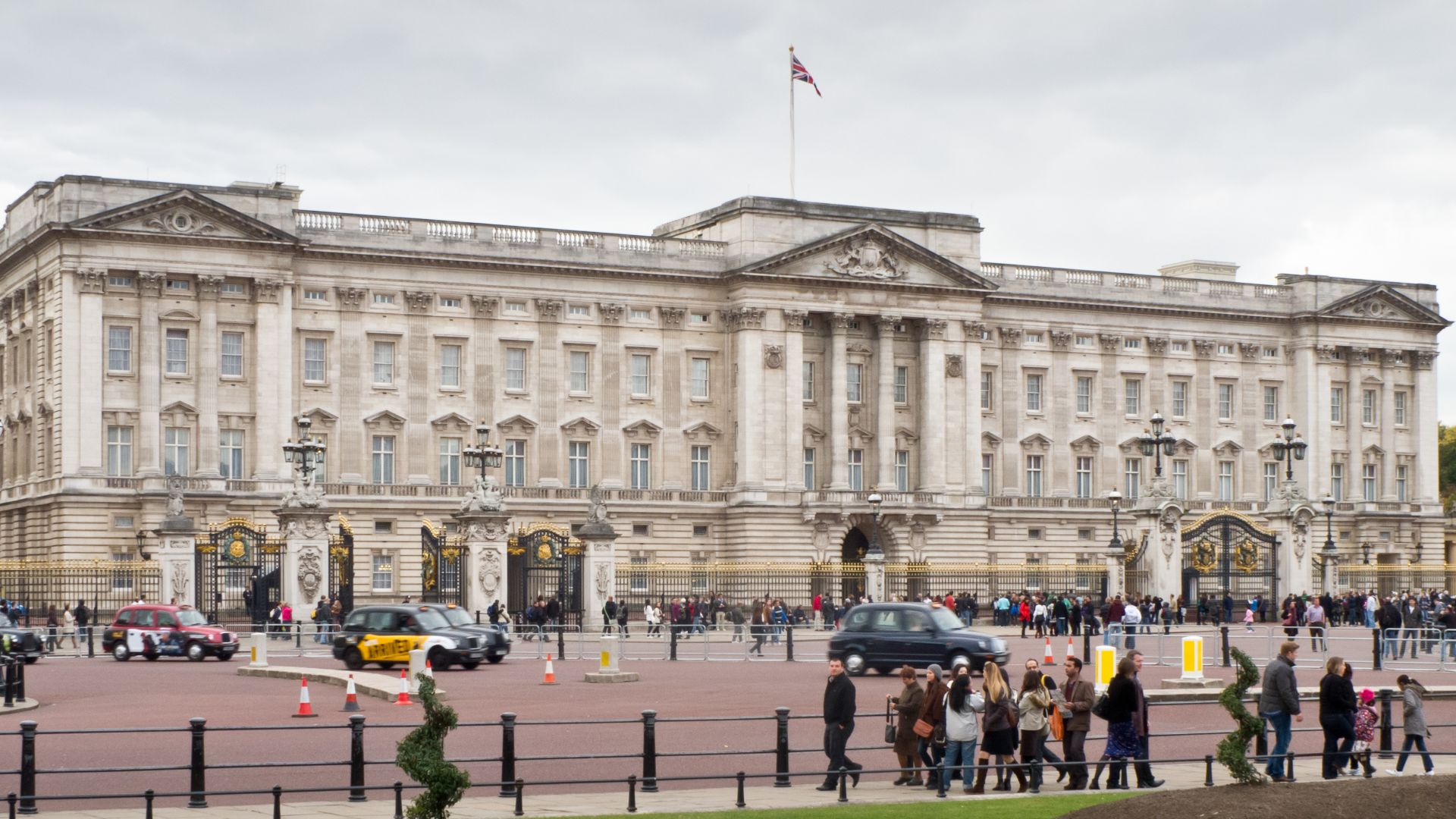 Carlos Delgado, Wikimedia Commons
Carlos Delgado, Wikimedia Commons
Lost
ABC’s Lost wasn’t just a hit—it was an obsession. The series opened with the wreckage of Oceanic Flight 815 and introduced viewers to a cast of survivors trapped on a mysterious island full of secrets. Blending action, sci-fi, and philosophy, it redefined what network television could do.
Lost: The Bottom Line
At a cost between $10 and $14 million, Lost’s pilot was an expensive gamble that paid off in full. The production team bought a real decommissioned plane, flew it to Hawaii, and physically tore it apart to create the crash site. Combined with remote island filming and complex logistics, the first two hours of Lost looked like a blockbuster disaster film—on primetime TV.
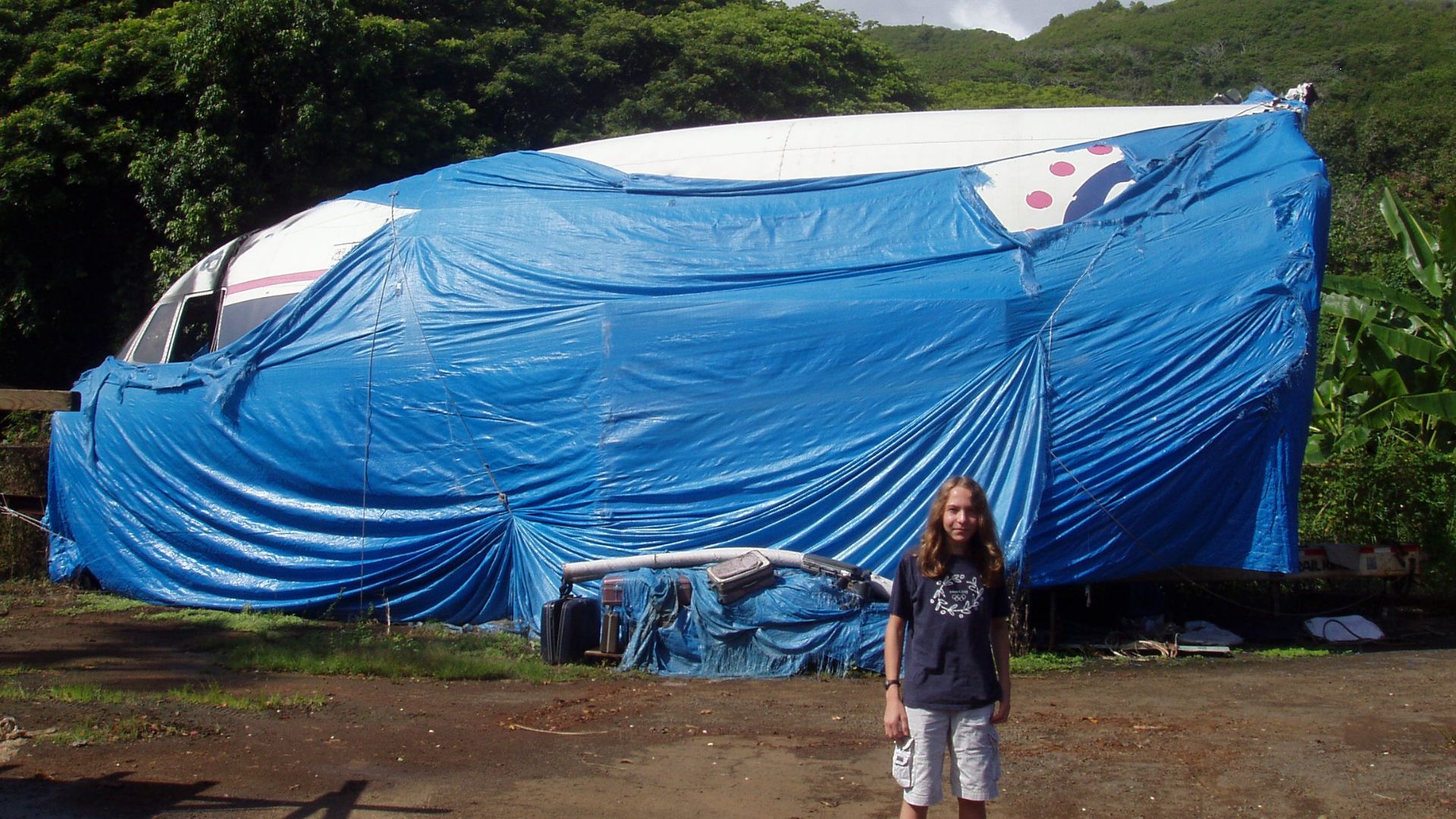 Lost Cause 815 at English Wikipedia, Wikimedia Commons
Lost Cause 815 at English Wikipedia, Wikimedia Commons
Fringe
Created by J.J. Abrams, Fringe was part science fiction, part procedural, and entirely strange. The story followed an FBI agent investigating bizarre phenomena alongside a brilliant but unstable scientist and his son. It quickly developed a cult following for its blend of heart, horror, and mind-bending twists.
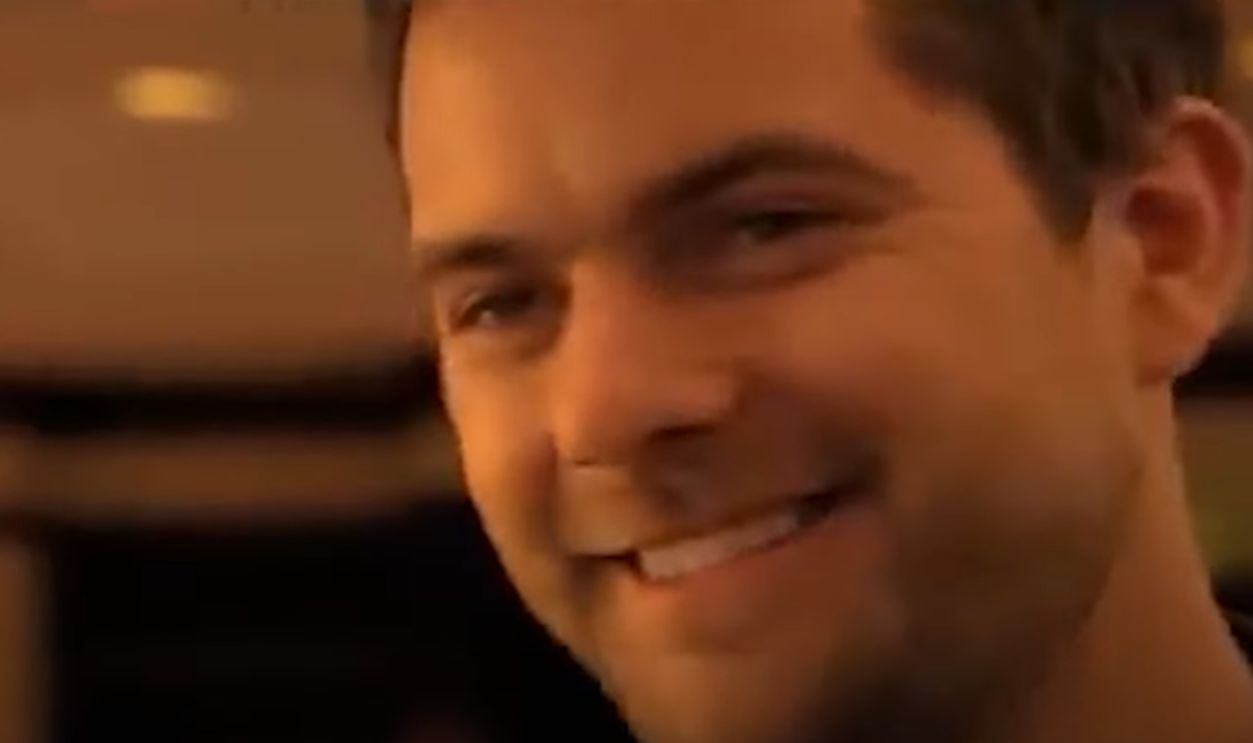 Warner Bros. Television, Fringe (2008–2013)
Warner Bros. Television, Fringe (2008–2013)
Fringe: The Bottom Line
The feature-length pilot cost around $10 million, more than double the cost of a standard episode. From the crash sequence that opened the show to the intricate special effects and set design, Fringe spared no expense. J.J. Abrams’ production team treated the episode like a mini movie—and the results were spectacularly weird and wonderfully expensive.
 Warner Bros. Television, Fringe (2008–2013)
Warner Bros. Television, Fringe (2008–2013)
Rome
Before Game of Thrones, there was Rome—HBO’s ambitious retelling of Julius Caesar’s rise and fall through the eyes of both nobles and soldiers. With political backstabbing, epic battles, and scandalous drama, it felt like a history textbook rewritten by Shakespeare.
Rome: The Bottom Line
Each episode cost roughly $10 million, and the pilot was no exception. Shot in Italy on gigantic sets replicating ancient Rome, the show demanded intricate costumes, historically accurate props, and sprawling cast scenes. It was a triumph of craftsmanship—and a cautionary tale about just how much authenticity can cost.
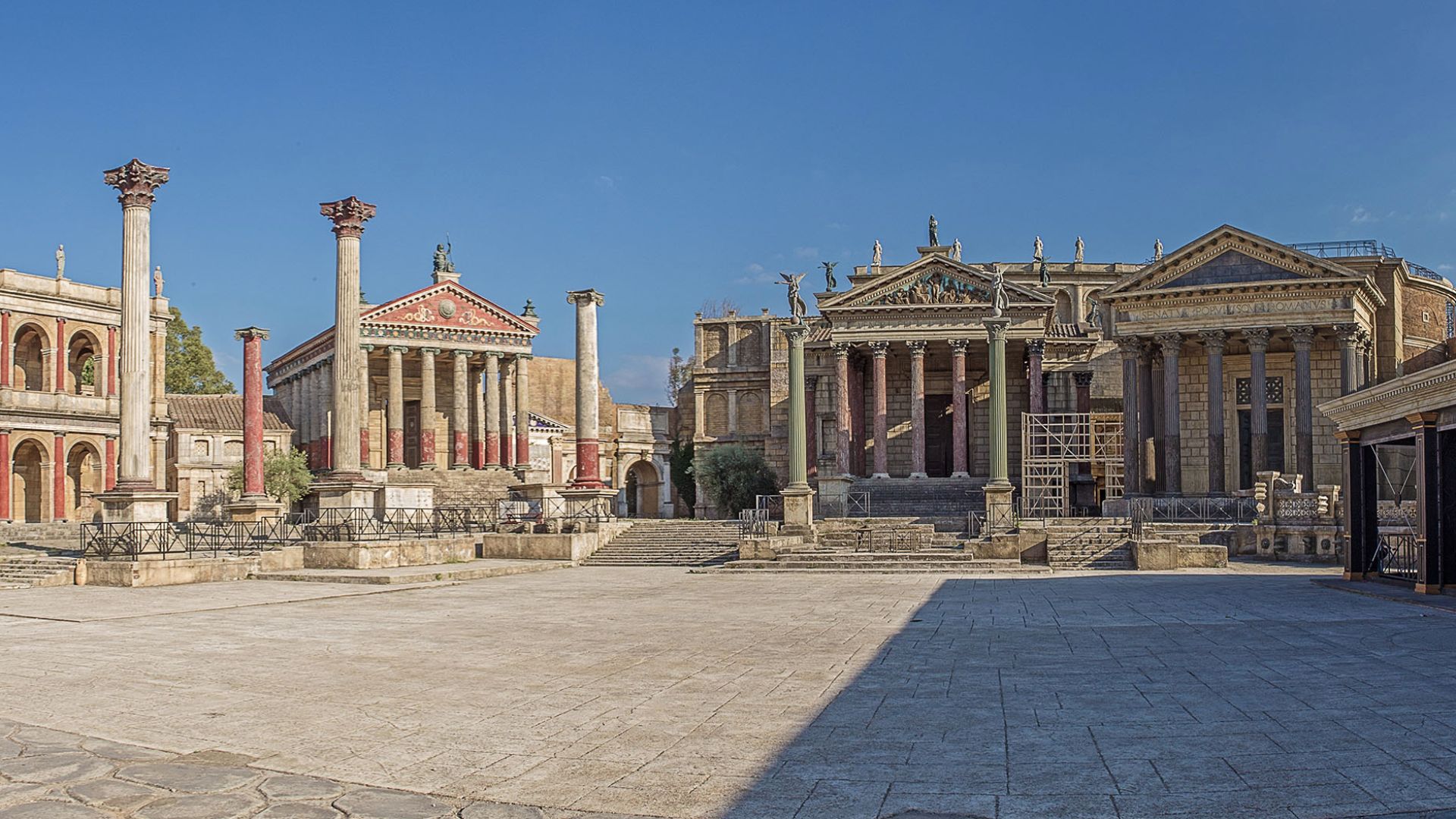 Claudio Caravano, Wikimedia Commons
Claudio Caravano, Wikimedia Commons
Marco Polo
Netflix’s Marco Polo transported viewers to the exotic court of Kublai Khan through the eyes of the legendary explorer. With sweeping battle scenes and lush landscapes, the show was visually stunning even if critics weren’t fully convinced.
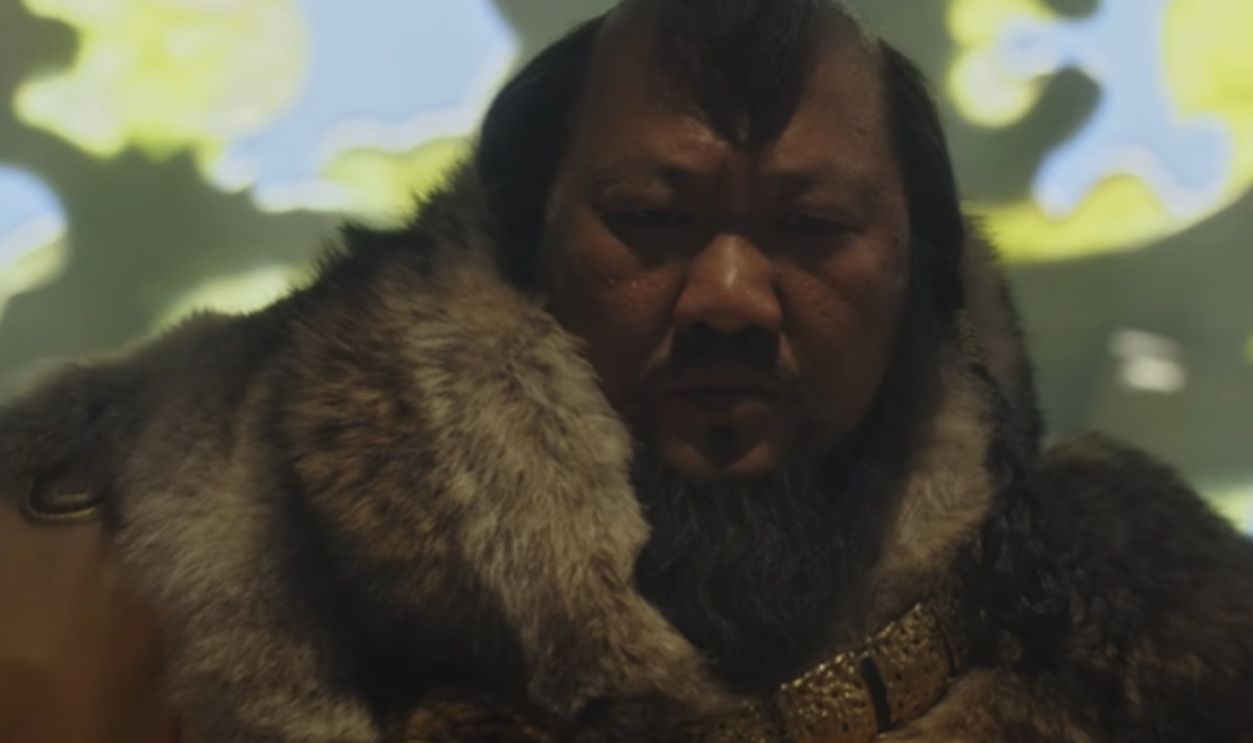 Netflix, Marco Polo (2014–2016)
Netflix, Marco Polo (2014–2016)
Marco Polo: The Bottom Line
At $9 million per episode, Marco Polo’s pilot was a massive investment. Filming across multiple countries, coordinating battle sequences, and designing intricate Mongolian costumes all contributed to the budget. The show might not have conquered critics, but financially, it proved that Netflix was ready to play in HBO’s league.
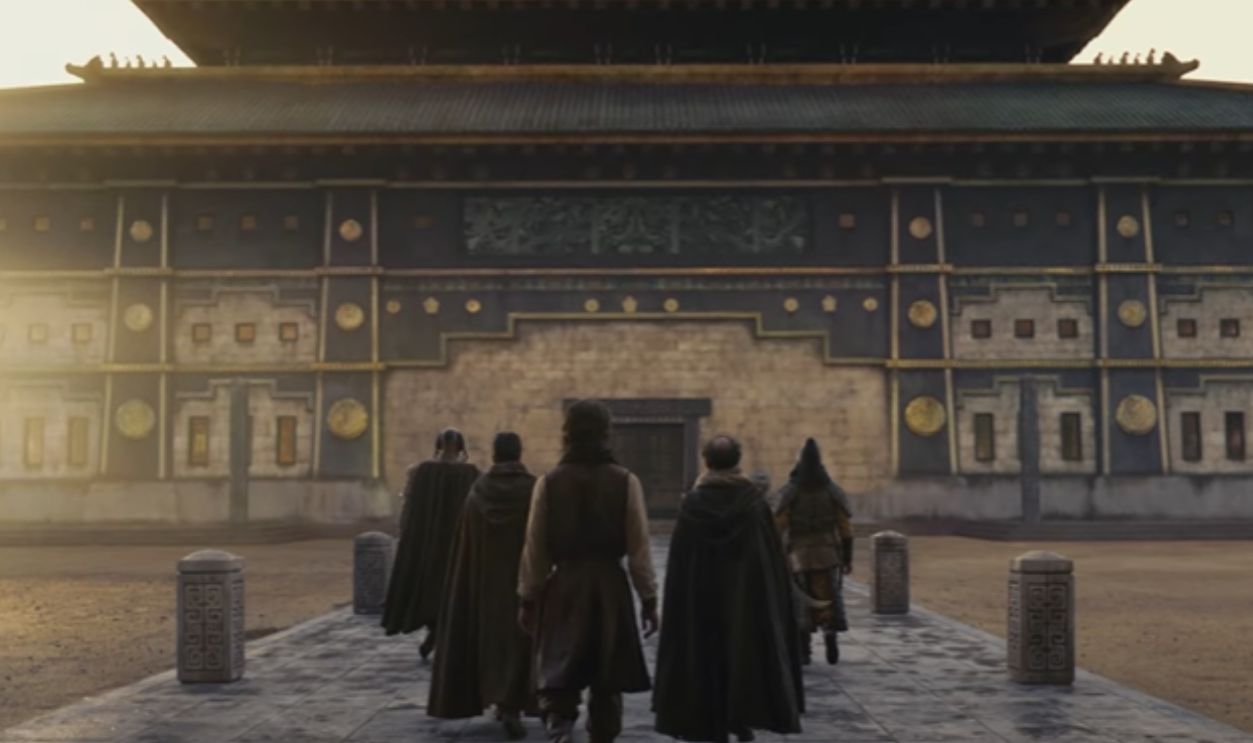 Netflix, Marco Polo (2014–2016)
Netflix, Marco Polo (2014–2016)
You May Also Like:
Admissible Facts About Judge Judy
The Most Iconic Child Characters In TV History
Celebrities That Started Their Careers On Reality TV
Source: 1


